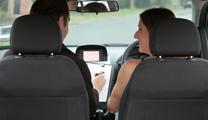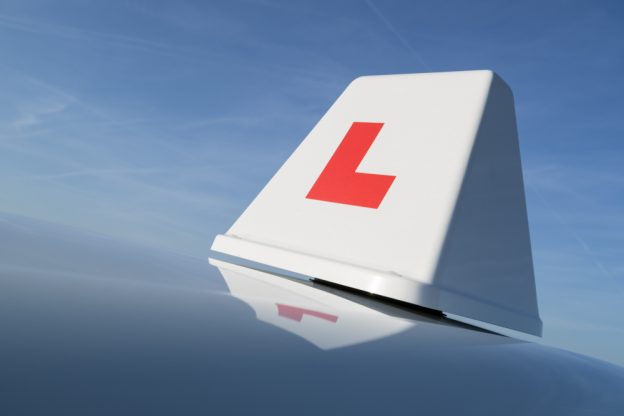Becoming a driving instructor is no easy feat, you’ll have to pass many tests and gather a qualification or two before you become one. If you’re thinking about a career change that involves driving then you may be interested in knowing what qualities make a good driving instructor.
If you’re considering changing your career to become a driving instructor then the team at Beverly Slater can help you. We train aspiring driving instructors and offer them to join our franchise after they’ve completed their training.
If a career in driving sounds like something you’re interested in then keep reading to find out what we think makes a good driving instructor.
A Love For Teaching
The number one thing you’re going to need to have when becoming a driving instructor is a passion for teaching others. You’re going to want to love sharing your knowledge and mentoring people on everything they need to know about cars, driving, and the rules of the road.
To be an excellent driving instructor, you’re going to need to possess a lot of empathy for others as you teach them. Some of your future students may be very anxious, it’s important to be able to remain patient, calm, and offer your support when teaching.
Passionate About Driving
Second to a love for teaching, having a passion for driving is one of the most important qualities to have as a driving instructor. You will be on the road for most of the day teaching your students everything they need to know to pass their driving test. Because of this, you’ll need to love being behind the wheel!
Great Communication Skills
Another skill that makes a good driving instructor is the ability to communicate effectively with your students. When you’re teaching your students on the road, you’re going to have to instruct them carefully about what to do next. If you have bad communication skills then this can lead to miscommunication and bad teaching!
Reliable
As a future driving instructor, you’re going to have to be reliable to your students in order for them to pass. Missing and rearranging your sessions all the time will loosen the trust you have with your students and it may affect their learning. Instead you must show up to all of your lessons on time and ready to go, to create the best learning environment.
If you feel like a career in driving is what you want to do, then do not hesitate to contact our team here at Beverly Slater.














